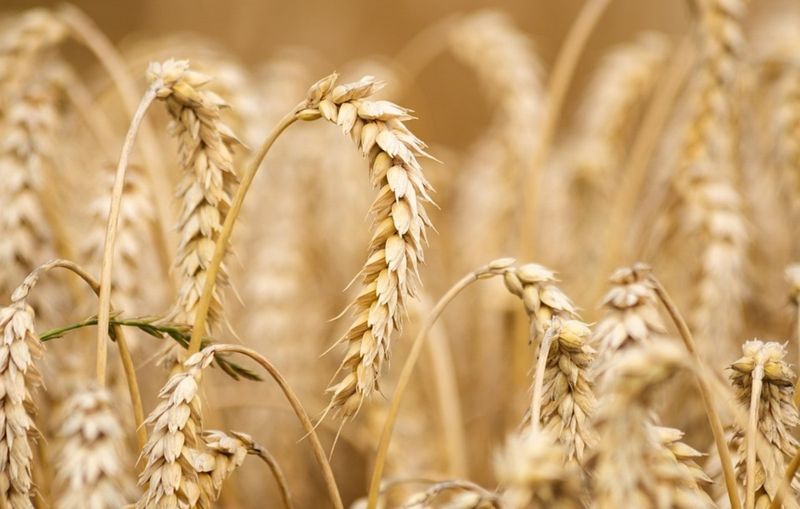French wheat quality adequate for export: Correction

France’s 2022-23 wheat crop is generally of sufficient quality to meet importers’ needs this year, despite below-average production, as favourable weather conditions during autumn seeding and June rain during the grain-filling period partly outweighed the effects of heat stress and drought in the spring, according to a joint end-of-harvest report by agencies FranceAgriMer, Arvalis and Terres Inovia.
An abnormally large variation in French soft wheat yields across the country — crops in different regions were affected by heat stress and excess moisture to different degrees, with some also hit by hail and frost — has resulted in vast differences in crop quality this year.
French soft wheat this year generally has a higher protein content in the south of the country, where heat stress during the spring was the most severe and most likely to lower yields, according to the report. In contrast, only half of the crop in the north is expected to achieve 11pc protein content, which is a key benchmark in deciding whether wheat can be used for milling or feed purposes.
There is also significant variation in wheat test weights this year, with higher test weights in the country’s northernmost regions. French wheat is generally used for milling or for export if it has a test weight above 76kg/hl, with lower weights usually destined for animal feed manufacturers.
Meanwhile, the report assesses Hagberg falling numbers of the crop mostly high enough for food use, despite stormy weather during harvesting. A below-average moisture content for the entire crop will mean that the grain lasts longer, the report suggests.
As the majority of French wheat exports are destined for milling purposes, in addition to protein content, buyers may discern quality based on test weight, Hagberg falling number and colouring, among others. Wheat exporters usually place penalties on farmers who sell a part of their crop before harvest and are subsequently unable to deliver the protein content or test weight originally contracted.
The great variation in French soft quality this year also could widen the spread between fob prices at different ports, with wheat prices offered on a fob basis at Rouen in the northwest of France — the port that handles the most French grain exports — differing from those at Dunkirk to the north, La Pallice to the west and Sete to the south.
French soft wheat has so far dominated the global export market in the first half of the 2022-23 marketing year in the absence of normal export volumes from Russia and Ukraine, and autumn line-ups are filling up fast.
On French durum wheat, conditions also differ by region, especially in terms of test weight. Most of the crop has 14pc protein content, except in the southeast.
Meanwhile, winter barley quality is much more uniform than for the wheat crop, and protein content is generally high enough for malting purposes. But high temperatures during the grain-filling stage have resulted in disparities in one-thousand kernel weight, test weight and calibration, with spring barley sown during the autumn giving better results in terms of yield and quality this year.
Tags: weather conditions, exports, harvest, prices, France, Production, wheat, rain, yields, Heat stress, crop, durum wheat, soft wheat, excess moisture
Read also
Couldn’t attend BLACK SEA GRAIN.KYIV? Catch up with the insights – get the e...
Another batch of Ukrainian grain was delivered to Sudan
Grain harvest in Russia in 2024 may drop to 135-136 mln tons due to drought
The 21st International Conference BLACK SEA GRAIN.KYIV took place in Kyiv on April...
Sunflower oil production in the world is growing and “breathing down the neck” of ...
Write to us
Our manager will contact you soon











